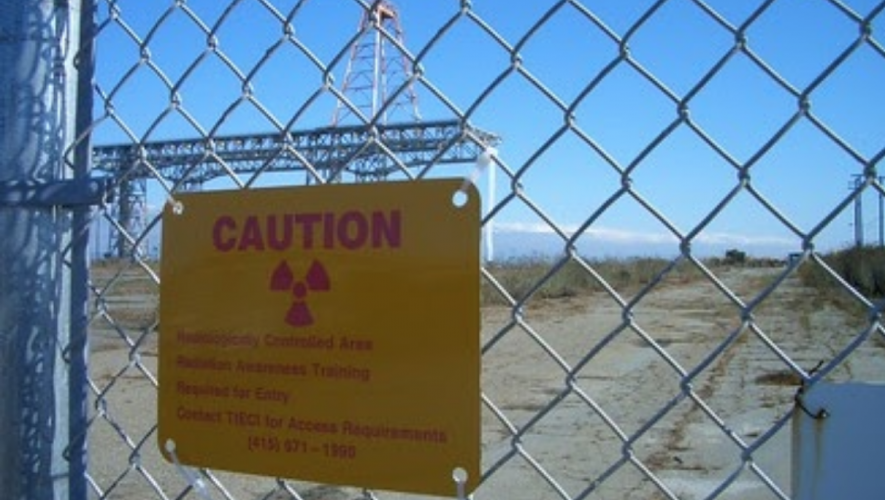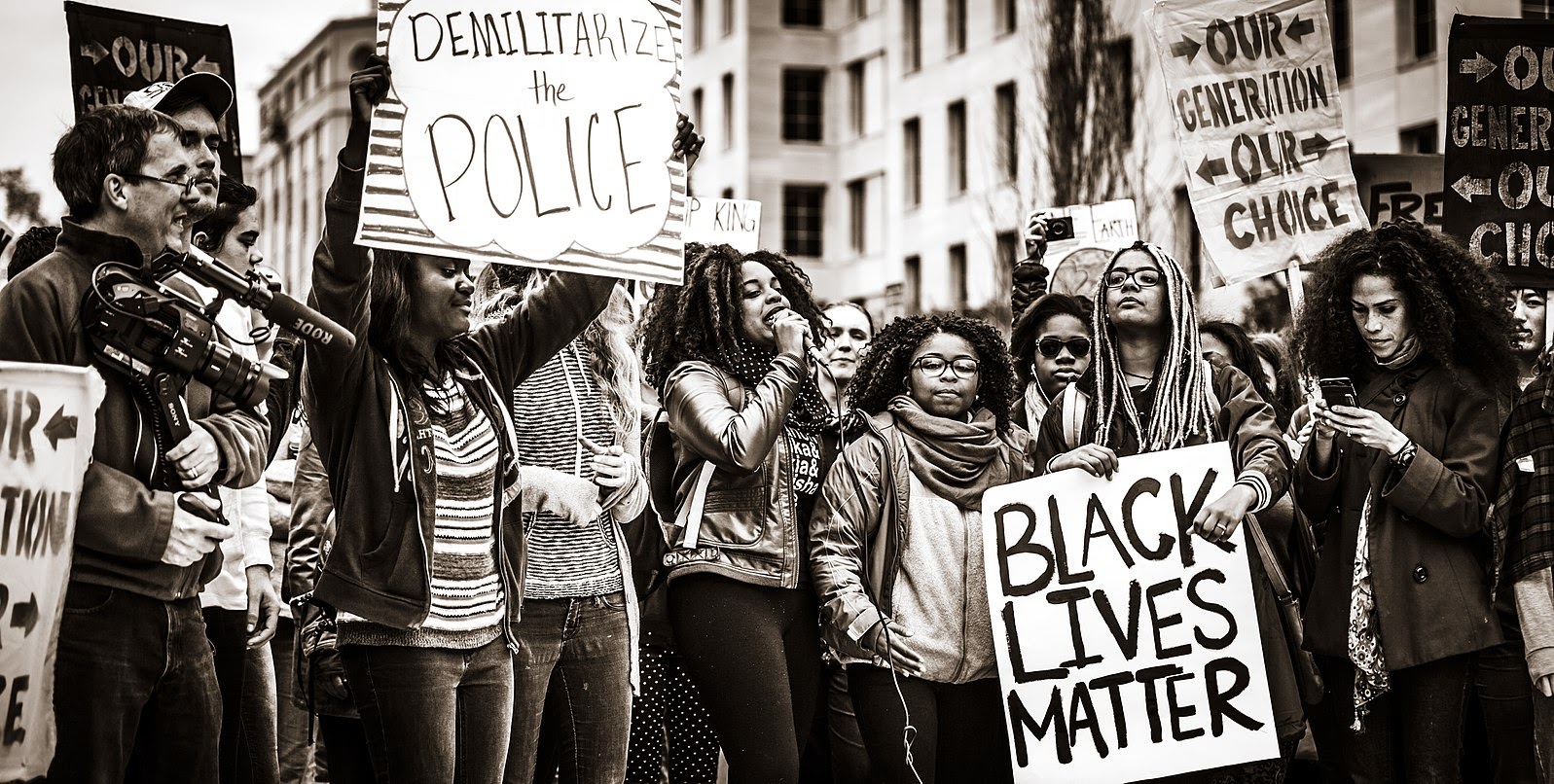After World War II, the United States began conducting nuclear tests in the Pacific Ocean. The second test resulted in the radioactive contamination of hundreds of Navy ships. In an attempt to decontaminate these ships, the Navy moved them to a lab in the Hunters Point neighborhood of San Francisco, where the military would deep clean them with steam and sand.
However, this type of radiation cannot simply be washed away; instead, radioactive material likely moved from the ships to the land. Due to its close proximity to the shipyard, the geographically isolated and predominantly Black neighborhood was left to suffer, while the White neighborhoods in central San Francisco were far enough away to experience little to no health problems.
There is no obvious proof that the shipyard was chosen as a site for radioactive waste disposal simply because it was close to a Black community. But, it is hard to ignore that in the US, people of color face greater environmental risks than White people.
Besides the spread of radioactive material, there were nuclear weapons tests, animal experimentation, and possibly human experimentation that also took place at the shipyard. Much like the radiation from the ships, waste from this research disrupted the neighborhood’s environment by contaminating the ground and water. Although the shipyard closed in 1974, the Hunters Point community continues to suffer from cancer and other deadly diseases.
Due to the severe amount of clean-up required, the shipyard is now an Environmental Protection Agency (EPA) Superfund site. Superfund sites are polluted areas that require federal aid to clean up hazardous material. However, this does not mean the situation is resolved. When California prematurely declared one area of the shipyard free of radioactive hazards in 2004, the city of San Francisco and local developers worked to expand housing units there and falsely convinced prospective residents that it was safe to live there. Clean-up was further delayed by government contractors lying about radiation test results. Thus, while all the residents face the health and environmental effects of contamination, some also worry about lost property values from purchasing a home on contaminated land.
“These policies are not written with ‘racist’ in capital letters, nor do they name the identities of the races they are targeting. But these actions are still taken with disregard for the lives of millions.”
In a 2018 interview, Dan Hirsch—president of the Committee to Bridge the Gap, a nonprofit focused on nuclear safety—called Hunters Point “one of the most contaminated sites in a highly populated urban area that [he had] ever seen.”
Unfortunately, the contamination of Hunters Point is just one of many cases in which the US government has failed its citizens.
After six years, residents in Flint, Michigan, are still fighting for clean water after lead leached from pipes into the Flint River.
“Cancer Alley” is an area in Louisiana where toxic chemical plants have caused a cancer case or death in almost every household. Reserve, one of the towns there, has a risk of cancer fifty times the national average.
Elsewhere, the local, state, and federal governments’ failure to help the people of New Orleans during and immediately after Hurricane Katrina left the predominantly Black community struggling nearly fifteen years later.
The common denominator in these cases is not geography or negligent local authorities, but rather environmental racism. From San Francisco to New Orleans, all of these issues are occurring in predominantly Black communities.
A 2018 EPA report shed light on disparities in exposure to particulate matter—dangerous, airborne, microscopic particles. Compared to White people, the likelihood of exposure rises if a person is Black (1.5 times higher) or Hispanic (1.2 times); people below the poverty line are also at greater risk (1.3 times) than those above it. Black people are also at higher risks of asthma, cancer, and COVID-19 due to higher exposure to particulate matter.
An NAACP Environmental and Climate Justice Program study found that not only do 68 percent of Black people in America live within thirty miles of a coal power plant, but “an African American family making $50,000 per year is more likely to live near a toxic facility than a White American family making $15,000 per year.”
These statistics are not coincidence, but rather the consequences of racist policies. These policies are not written with “racist” in capital letters, nor do they name the identities of the races they are targeting. But these actions are still taken with disregard for the lives of millions across the country.
Some policies, like the Voting Rights Act of 1965 and the Civil Rights Act of 1964, have lived on to progress the fight for racial justice despite the long history of racism in America. But even as research indicates that people of color suffer from pollution at higher rates than White people, the Trump administration has undone environmental protections.
One of the most terrifying of the administration’s long list of dangerous policies is its curtailing of the Clean Air Act of 1963, a comprehensive federal law designed to reduce air pollution by regulating emissions. Since its implementation, it has effectively done so. According to the EPA’s 2018 annual air report, “between 1970 and 2018, the combined emissions of the six common pollutants dropped by 74 percent.”
Despite its apparent success, the Trump administration is trying to make the Clean Air Act as ineffective as possible. In 2018, the EPA summarily dismissed the Particulate Matter Review Panel. The panel was formed to advise the Clean Air Scientific Advisory Committee (CASAC), a group of seven members who advise the EPA administrator on pollution standards and issues regarding particulate matter.
After being dismissed, the panel reformed as the voluntary Independent Particulate Matter Review Panel and recommended strengthening pollution standards to protect the primarily poor and minority communities that suffer from preexisting health conditions. The CASAC—which had been restocked with Trump appointees, only one of whom is a scientist—decided to ignore the independent panel recommendation to change pollution standards and help people of color.
This year, a Harvard study claimed that a “small increase in long-term exposure to [particulate matter] leads to a large increase in the COVID-19 death rate.” But the Trump administration, in an effort to speed up construction projects during the pandemic, eliminated some environmental regulations that would have subjected those projects to regular lab analysis, testing, and reporting.
Also in March, in what the administration proudly referred to as “the largest deregulatory initiative of this administration,” the fuel economy and vehicle carbon emissions standards were rolled back. While the effects of such dangerous policies may not be immediately noticed, the communities that suffer do not have the luxury of waiting and seeing how the situation unfolds.
This reality is no secret to people of color, who are often more concerned about climate change and environmental policies than White people because it is their lives and communities at the greatest risk. People of color are living with the effects of climate change and pollution every day. With every undone regulation and unenforced policy, people will continue to die from preventable diseases and disasters.



